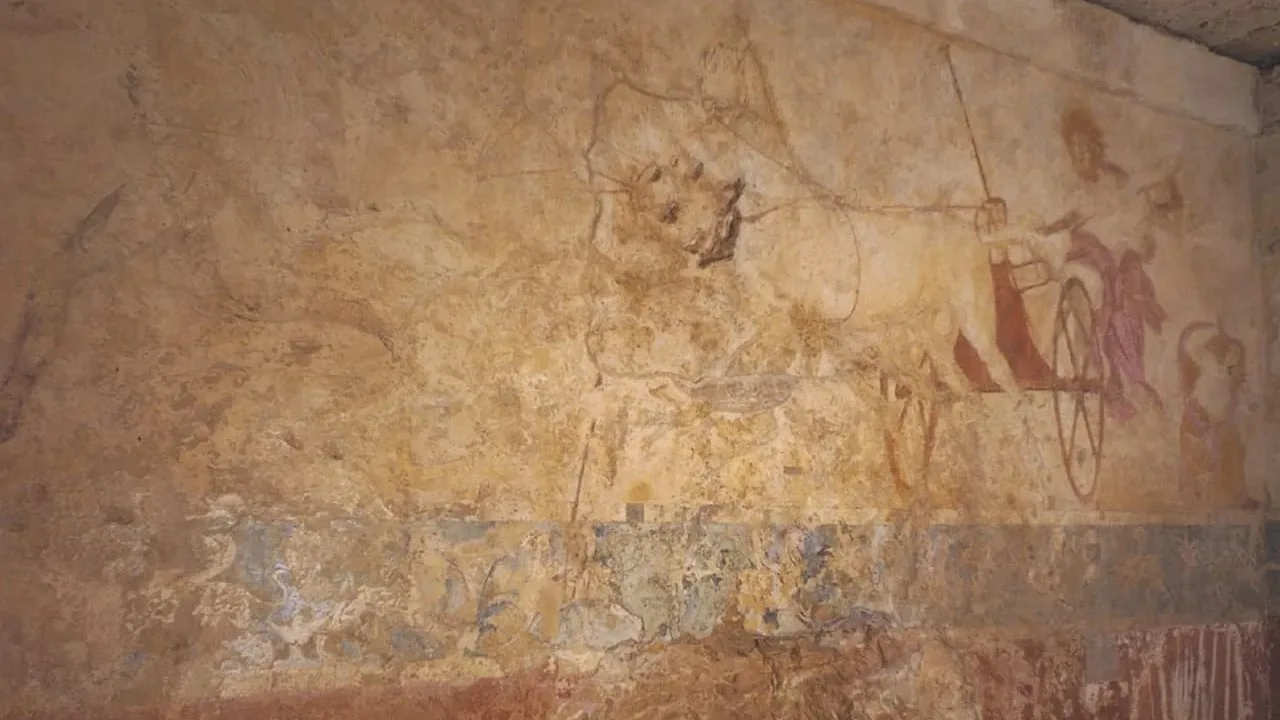For decades, scholars believed that the Great Tumulus of Vergina housed the remains of the last Macedonian royals, including close relatives of Alexander the Great. Beneath the large earthen mound, archaeologists unearthed four tombs, labeled Tombs I through IV.
Since their discovery, the identities of those buried in the tombs have been the subject of intense scholarly debate. This is particularly true for Tomb I, often called the “Tomb of Persephone” due to its notable wall paintings revealed in 1977.
Earlier theories claimed that Tomb I held the remains of Philip II—father of Alexander the Great—alongside his wife Cleopatra and their infant son. All three were reportedly assassinated together in 336 B.C., making them prominent candidates for the tomb’s occupants.
However, new research appears to challenge that theory, according to archaeology.com. As reported by La Brújula Verde, a team of researchers recently applied radiocarbon dating, ancient DNA analysis, and isotope studies to reassess the remains found in Tomb I.
Their findings revealed that the majority of the skeletal remains belonged to a man aged 25 to 35 who died sometime between 388 and 356 B.C. This timeline makes it impossible for the tomb to belong to Philip II, whose death occurred in 336 B.C.
While the exact identity of the individual remains unknown, the researchers suggest possible candidates such as Amyntas III, Alexander’s grandfather, or his sons Alexander II and Perdiccas III—both of whom died within the updated date range.
Source: archaeology.com
